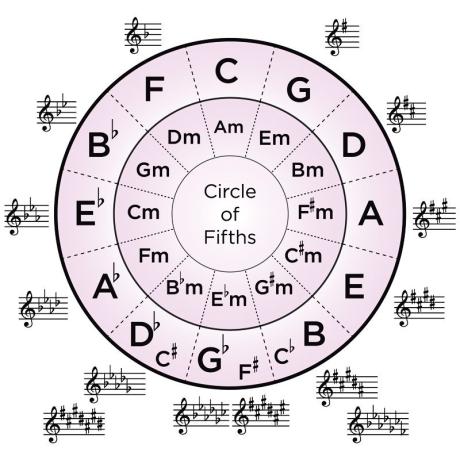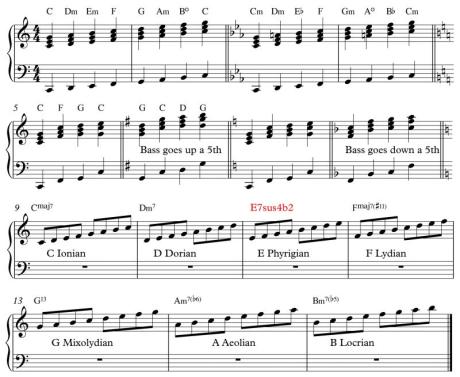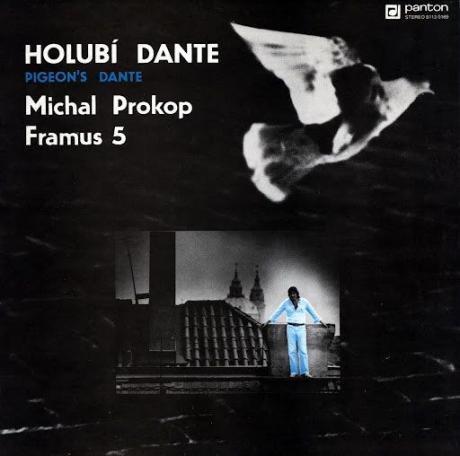Rockové klávesy - Harmony 101
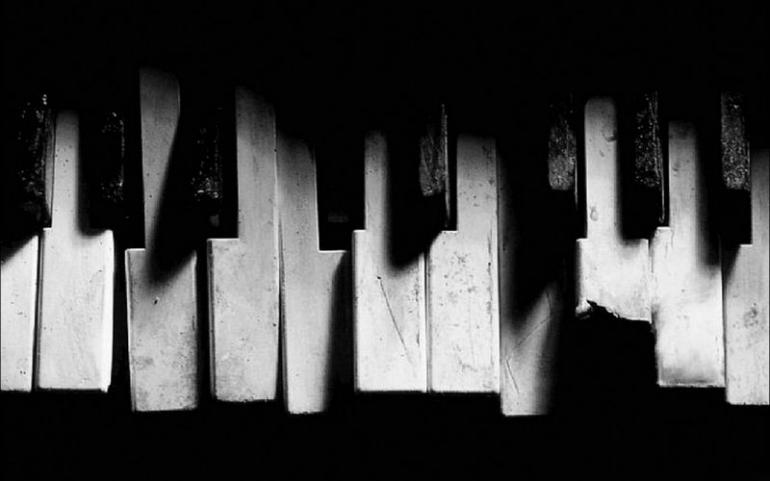
This month I thought it would be a great idea to bring it back down to earth! In the last few months I’ve spoken about a variety of topics from esoteric Eastern philosophies to the idiosyncrasies of the Fender Rhodes. This month I thought it would be a great idea to include a very basic harmony lesson so you can have a deep understanding of the harmonic system that underpins almost all the music we hear in the West. From Miles Davis to Madonna the harmony of Bach is the prevailing system that you will find. While he didn’t invent the system per say (He had a lot of help from the Ancient Greeks) his two classic volumes, The Well Tempered Clavier Books 1 and 2, paved the way for most modern harmony.
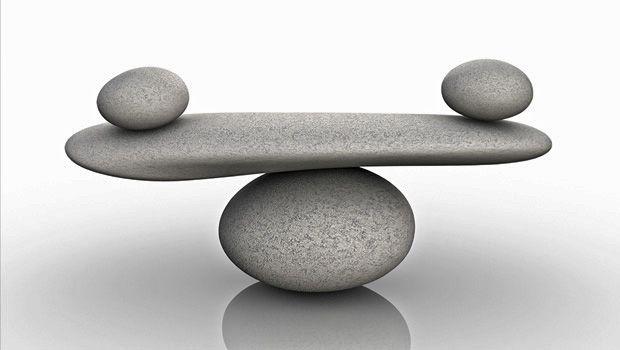
Music as we know it is made up of scales, chords and rhythms. To play a chord progression in diatonic harmony means that you will use chords that correspond to scale degrees and contain notes in the parent scale. Look at bar one. Here you will see a C major scale with each of it’s scale degrees harmonized with a triad made up of notes from the C major scale. The Greeks called this scale the Ionian mode. We’ll talk more about that later.
As you can see, the qualities of the chords change from major to minor and diminished as we go up the scale. Each one of these triads serves a particular harmonic function. In the key of C major, the chords that have the most prominent harmonic function by providing the strongest cadences, or harmonic resolutions, are the C, F, and G, chords. The diatonic minor chords are often used to precede one of these chords or to provide an alternative cadence. It’s important to learn how to harmonize major scales in this way in all 12 keys. When you get comfortable with triads, add 7ths to all the chords. When you listen to tunes on the radio try to start figuring out the harmonic motion of a song with just your ears. Listen to when a 5 chords resolves to the 6 chord (called a deceptive cadence) for instance. The more proficient you become in these two exercises, the quicker you will be able to hear almost every chord in a diatonic sequence.
Bar 2 has a minor version of the 1st bar. Minor harmony is a little tricky and has a few different scales that can be used. Here we have harmonized a C Dorian mode with triads. This mode is likely the most common one you will encounter especially if you play pop music. in the other minor scale applications, it’s common for the 4 chord to be minor and the 5 chord to be major. In a C natural minor scale (C, D, Eb, F, G, Ab, Bb, C) the 6th diatonic triad would be Ab. Just like you did with the C Ionian mode, transpose this harmony through all 12 keys. “How should I transpose the exercise into 12 keys?” you may ask; by using the circle of 5ths.
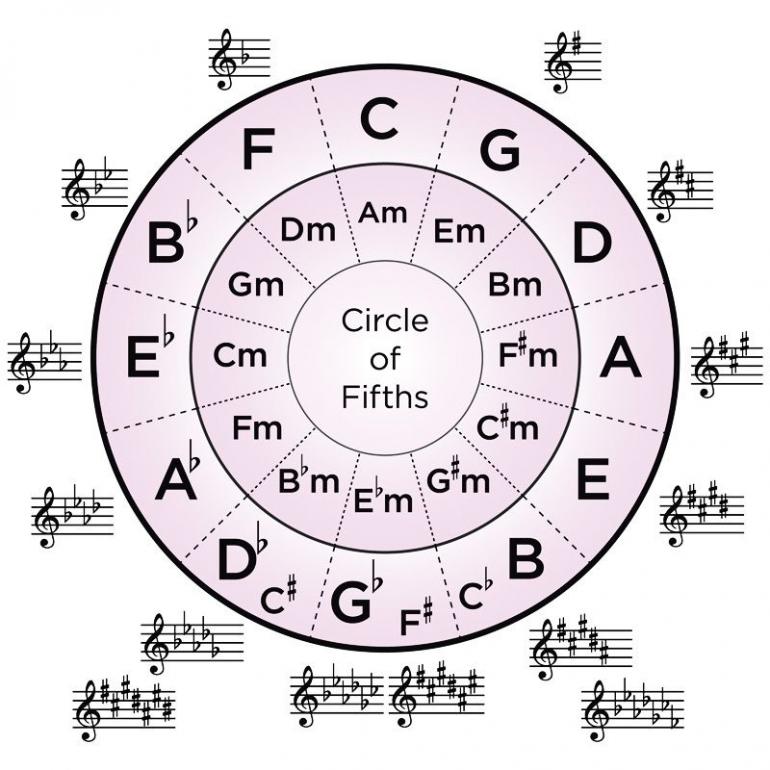
The circle of 5th is a visual representation of the relationships among the 12 tones of the chromatic scale, their corresponding key signatures, and the associated major and minor keys. In the inner circle we see the relative minor key. As extra credit notice that if we play C major scale starting on A and use only the white keys for our triads, we will have the relative minor harmony to C. Another extra credit exercise is for you to harmonize the A Aeolian or Natural minor scale in all 12 keys (A, B, C, D, E, F, G, A). On the outside of the circle we have the corresponding key signatures. At the top of the circle we have my favorite key, the key of the people, C. As we move to the right on the wheel we go up a 5th and add a sharp to the key signature. Conversely as we follow the wheel to the left and go down a 5th in key center we add one flat. In bars 5-8 i’ve illustrated this concept in a simple exercise of Tonic (1) Sub Dominant (4) and Dominant (5) chords. In the first 4 bars we move the key center up in 5ths adding a sharp each time. In the next 4 bars we move the key center down a 5th and add a flat each time. This is exactly the way you should practice all of your harmonic exercises; move the key center up or down a 5th for each transposition. Being fluent in 12 keys is the answer for mastery of our harmonic system. Most people are much stronger in certain keys. Try to get good at all of them and watch your proficiency go up.
Now to the last part of our little harmony lesson; the Greek modes. You may not know but the roots of our harmonic system are attributed to the ancient Greeks. The person that actually devised the distance of our musical intervals was the great mathematician, Pythagoras. Pythagoras taught that each of the seven planets produced exquisite and rarified music. He said that this music is present everywhere and governs all temporal cycles, such as the seasons, biological cycles, and all the rhythms of nature. Bach also believed in the magic of our harmony.
Greek harmony is a little complicated and actually mixes math and spiritualism. I will let you read in depth on your own but for now let’s just say that out of developing the Greek harmony systemic called, harmoniai, was a system that stacked tetrachords to form greater systems of intervals. A tetrachord is a collection of four pitches contained in the space of 5 semitones. It was the smallest system in ancient Greek music and is probably influenced by the 4 strings of the lyre. These tetrachords can be stacked to construct modes. This stacking led to what was called the Greater Perfect System.
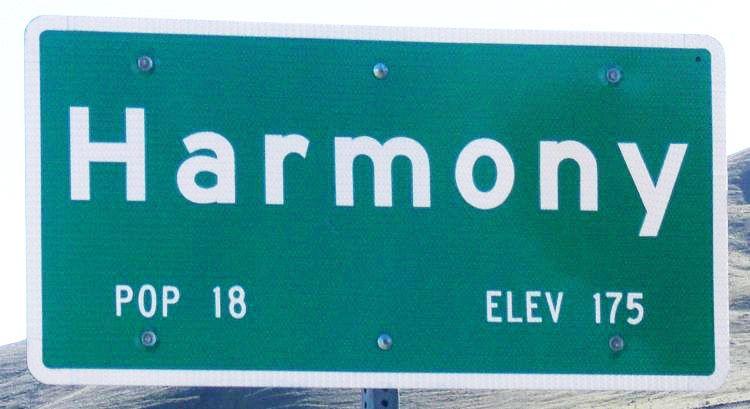
Starting from different places in the Greater Perfect System gives the seven Greek modes. These can be seen in measures 13-19. Each scale has a different construction of intervals and, according to the Greeks, produced very different effects in the listener. Pythagoras is said to have prescribed the Phrygian mode to sober up a drunk man. The beauty of the key of C is the fact that we can play all the modes without having to think about which pitches to change. All we have to do is play the white keys. To play these modes in the key of E for instance is not so easy. Go through each mode and notice what pitches are different from the major scale. For instance, D Dorian mode is a D major scale with the 3rd and 7th scale degrees flatted. Above each mode I’ve placed the chord that it works well over for improvising. After a few months practicing this stuff in 12 keys you’ll be shocked at how deeply you understand the system.
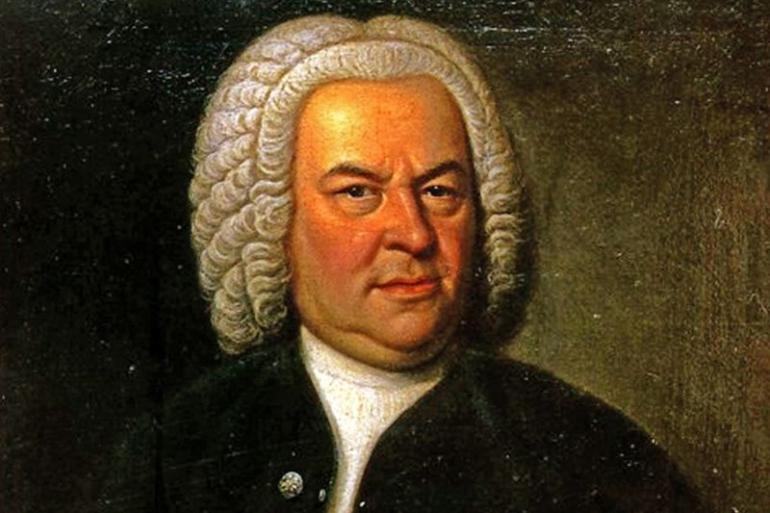
In the words of J. S. Bach: “There’s nothing remarkable about it. All one has to do is hit the right keys at the right time and the instrument plays itself.”
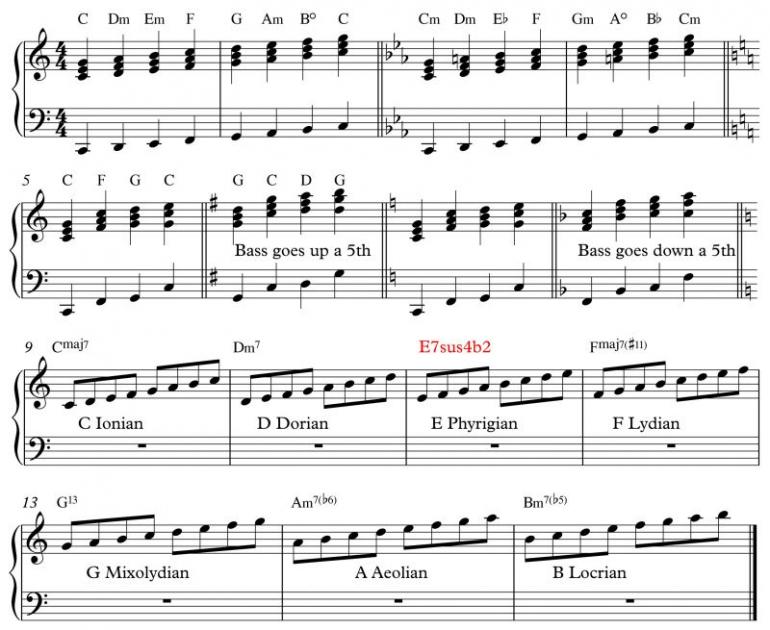
Idiosyncrasy: Charakteristický rys, často výstřední.
Diatonic harmony: Diatonická stupnice je taková sedmitónová stupnice, ve které jsou každé dva sousední stupně od sebe vzdálené buď o celý tón nebo půltón. Akordy v diatonické harmonii jsou pak odvozeny od jednotlivých tónů dané stupnice.
Diminished chord: Zmenšený akord, tedy obsahující kromě základního tónu malou tercii a zmenšenou kvintu. Pokud se jedná pouze o třítónový akord, říkáme mu zmenšený kvintakord (diminished triad). Oblíbená je také varianta se zmenšenou septimou, tj. zmenšený septakord (diminished seventh chord).
Harmonic resolution = cadence: Slovo kadence má v hudbě několik významů. V harmonii a v našem článku je výraz použit jako harmonické rozuzlení či návrat do harmonické rovnováhy, většinou v podobě sledu dvou akordů na konci hudební fráze.
Deceptive cadence: Kadence, která je v češtině nazývána klamná nebo někdy také klamavá. Namísto očekávaného návratu do tóniky následuje akord postavený na VI. stupni.
Tricky: náročný, záludný.
Circle of fifths: Kvintový kruh neboli grafické schéma, které ulehčuje transpozici a určení předznamenání tóniny (tzv. křížky a béčka). Každá následující tónina po směru hodinových ručiček má o jeden křížek navíc. Kruh je odvozen od tóniny C dur, kde není žádný křížek, následuje G dur s jedním křížkem apod.
Add one flat: Přidejte jedno béčko.
Exquisite and rarified music: Vynikající a jedinečná hudba.
Temporal cycles: Časové cykly.
Tetrachord: Do češtiny se většinou nepřekládá (de facto znamená čtyřtón) a znamená seskupení čtyř tónů v rozmezí čisté kvarty.
Stacked notes: Noty vrstvené jedna nad druhou (podobně stacked chords jsou akordy vrstvené jeden nad druhým).
Measure: Synonymum pro slovo bar, tedy takt.
Sober up a drunk man: Pomoci opilému člověku, aby vystřízlivěl.
Flatted: Tonálně snížený, tedy s béčkem.


